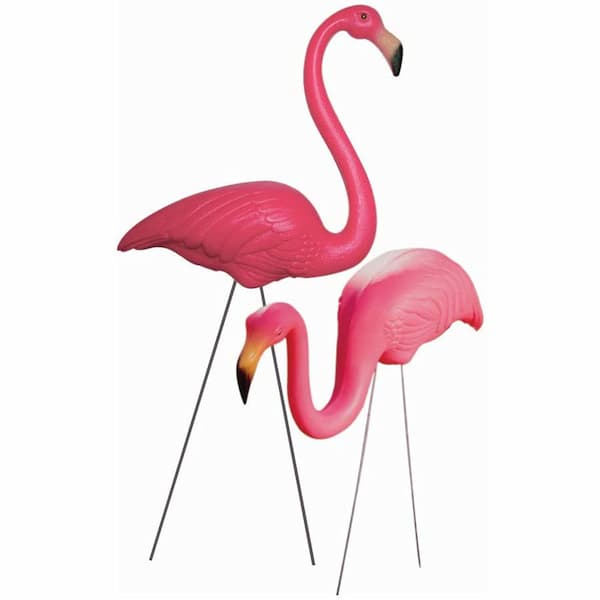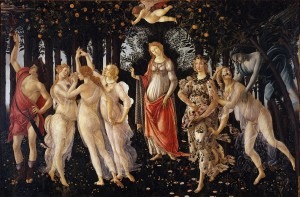
Botticelli: La Primavera
The early Renaissance painter Botticelli (c.1445-1510) worked in Florence with Lorenzo de’ Medici as his patron. Although appreciated at the time, he fell out of favour until the late 19th century when the grace in his paintings could be appreciated again. An apprentice of Fra Filippo Lippi by around 1462, by 1470 he had his own workshop.
Three of his most famous works, La Primavera (1482), Adoration of the Magi (1475), and The Birth of Venus (1486), held in the Uffizi Gallery in Florence, were used as the basis for Ottorino Respighi’s 1927 work Trittico Botticelliano.
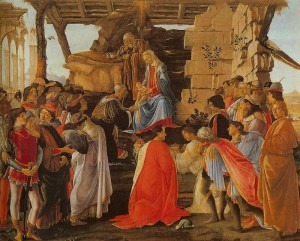
Botticelli: Adoration of the Magi
In his first movement, La Primavera, he begins with an excited twittering of the birds, unseen in the painting but certain to be part of Spring’s entourage. He then picks up the idea of the dance, represented on the left side of the painting. As we read the painting from right to left, Zephyr, the wind of Spring, turns Flora into Spring, robed in her dress of flowers. Venus, in the centre, with her red robe, represents a benevolence that protects mankind. The three Graces dance and at the far left, Mercury (note his winged sandals) dissipates the clouds.
Respighi: Trittico Botticelliano: I. La Primavera: Allegro vivace (Academy of St. Martin in the Fields Orchestra; Neville Marriner, Conductor)
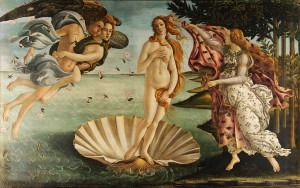
Botticelli: The Birth of Venus
Respighi: Trittico Botticelliano: II. L’adorazione dei Magi: Andante lento (Academy of St. Martin in the Fields Orchestra; Neville Marriner, Conductor)
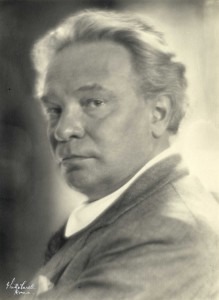
Respighi
Respighi: Trittico Botticelliano: III. La nascita di Venere: Allegro moderato (Academy of St. Martin in the Fields Orchestra; Neville Marriner, Conductor)
It’s unusual to find a setting as subtle and impressionistic as Respighi’s that still manages to convey the magic of the original paintings. By assuming the audience has a familiarity with the images, Respighi doesn’t need to give us the entire setting, but enables us to imagine the images within the musical world he has created.


